Take a look at the foods below. What do they all have in common?
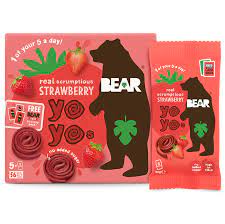
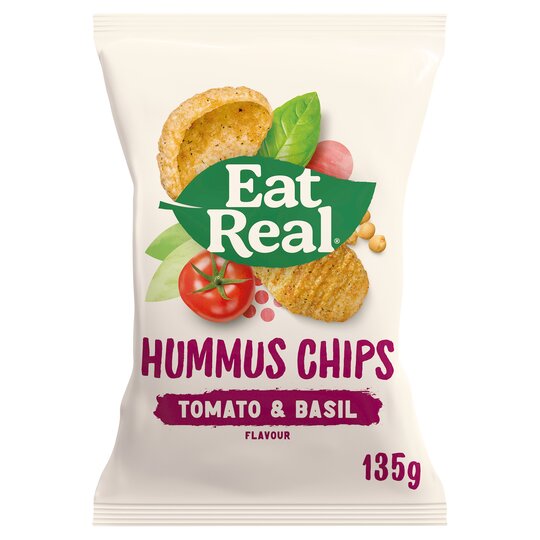
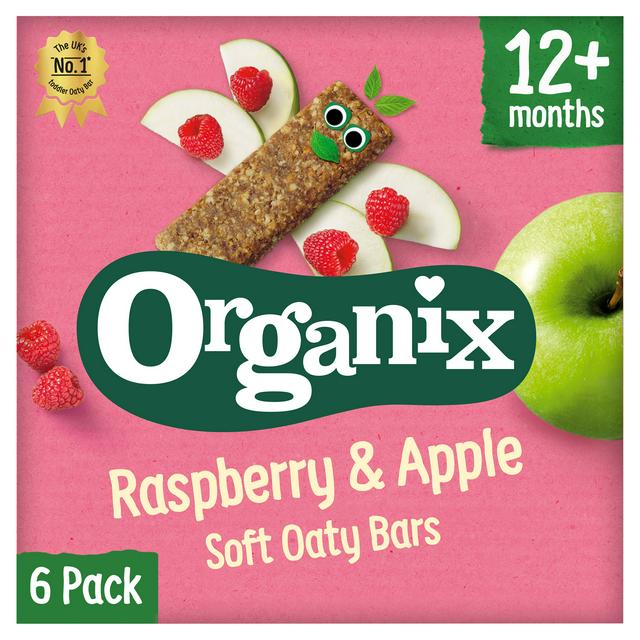
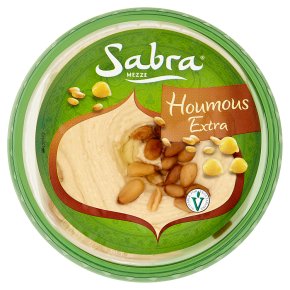
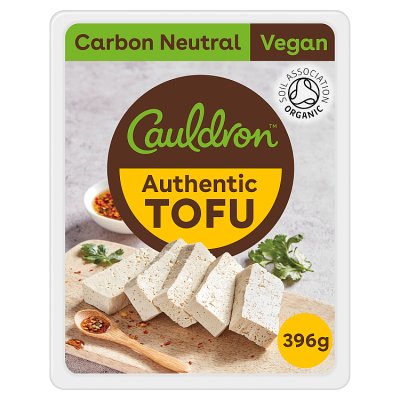
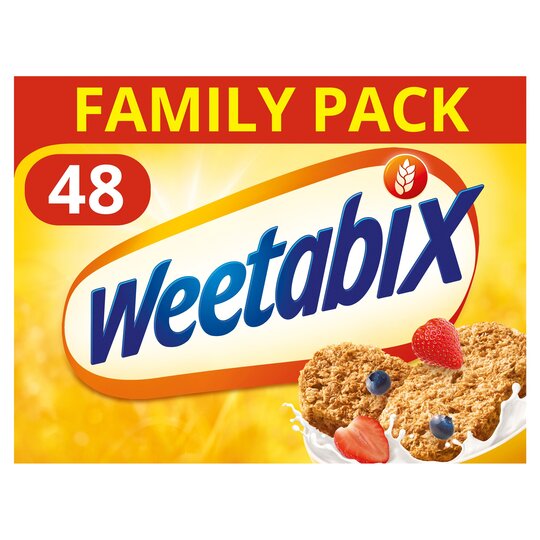
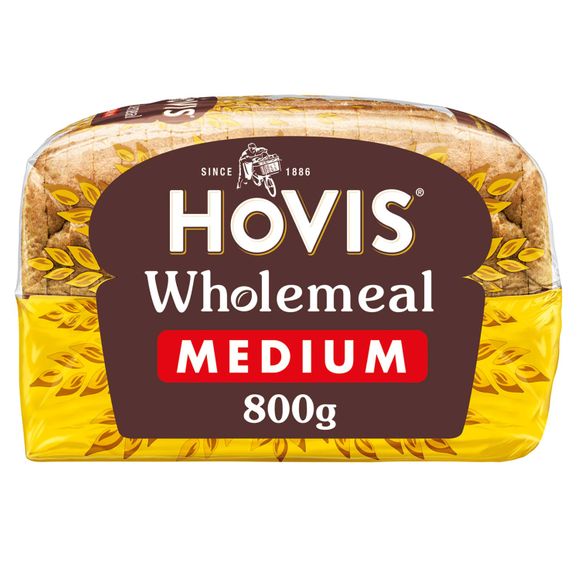
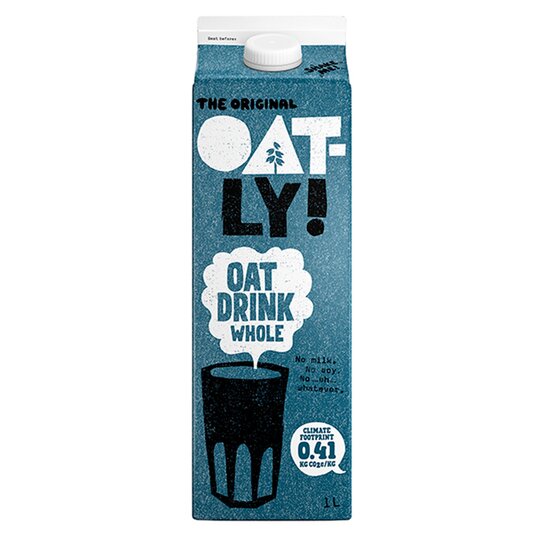
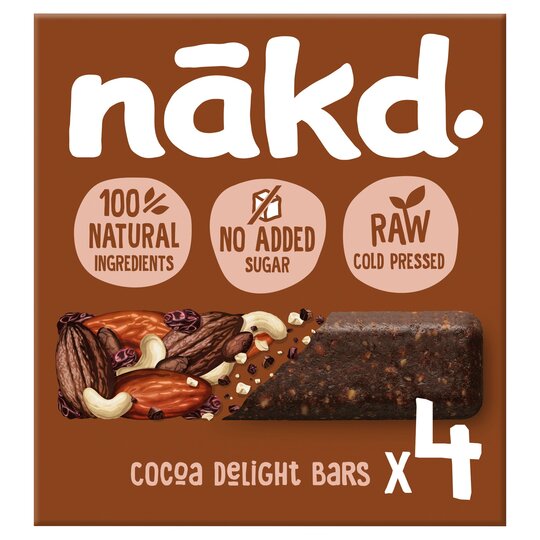
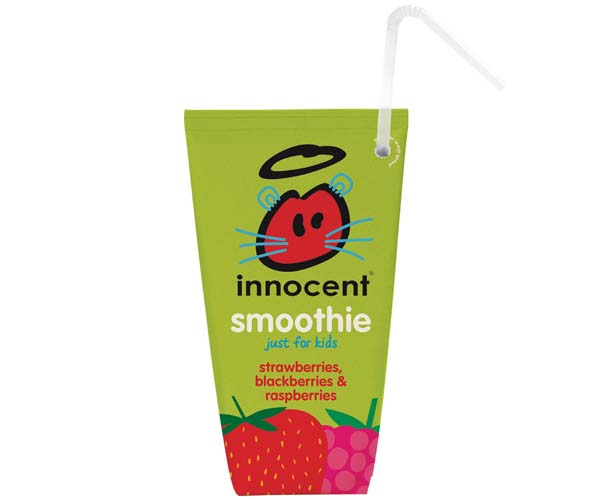
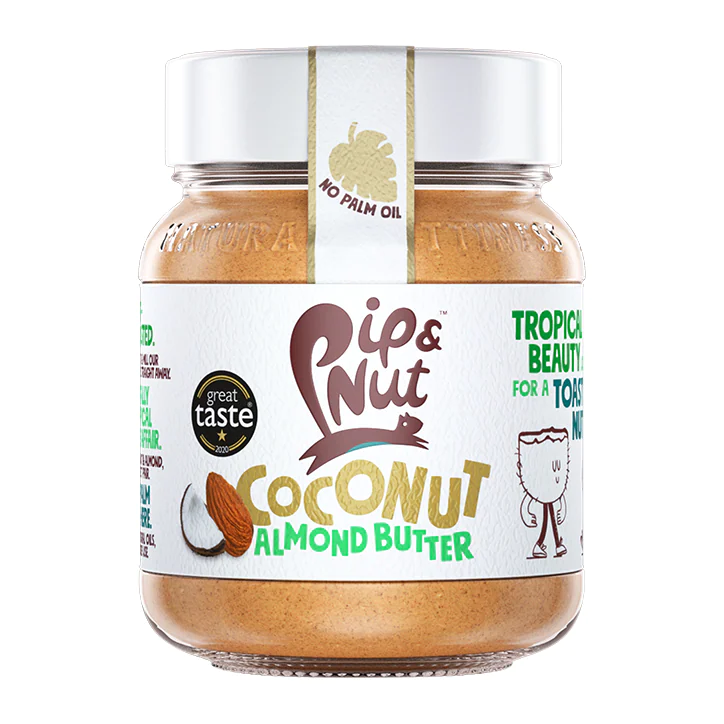
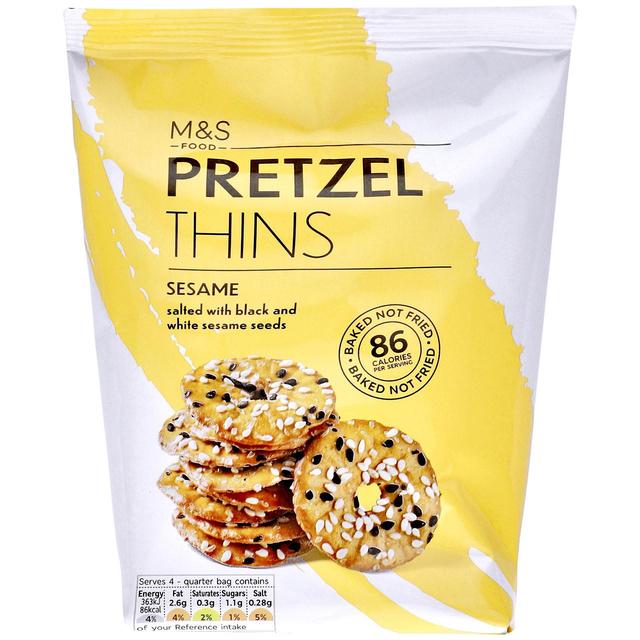
All of the following are true about these foods:
- They are all tasty
- They are all plant-based
- They are all convenient (ok, maybe not the tofu, but it’s easier than making it yourself)
- They are foods I feed my family, regularly
- They are healthy-ish (if you subscribe to that)
And crucially for the purposes of this conversation, they are all ultra processed foods.

Ultra Processed Foods - which I am going to refer to as UPF from now on - are the latest super villain of the nutrition world, leaving a ton of confusion, misinformation, and fear-mongering in their wake. They have been linked to cancer, heart disease, high blood pressure and metabolic syndrome, depression, irritable bowel syndrome, adolescent asthma and wheezing, frailty, and and increased risk of premature death. What’s more, they’re ubiquitous in our food supply - around 56.8% in the UK diet. And you can’t fling a hotdog without a super-wealthy white lady telling you how bad they are for you.
To be very clear, this is not a conversation I am wading into lightly - it’s complex, layered, and divisive. And unlike your guru with the book to sell, or your one with the venture-capitalist backed app, I don’t have all the answers.
But I do have a background in academia and almost a decade’s worth of experience working with real humans who need support navigating the head-fuck that is our food system which I hope makes me qualified to help demystify the science, and attenuate some of the fear.
This is also not a conversation I wanted to have. I was pretty content in my little anti-diet bubble of the internet. But through a series of conversations with terrified clients, agitated colleagues, and concerned parents on my newsletter and social media - I've effectively been dragged in. And yes, I am kicking and screaming, because, like I said. It’s complicated. That’s why I’m breaking this conversation down into a series of three posts - starting today with part one, and part two and three in successive weeks.
Over the coming weeks we’ll get into:
- Whether ultra processed food is as bad for you as we’re led to believe
- How the headlines have leapfrogged the science
- Why ultra processed foods are important and helpful for some people
- How ‘minimally processed diet’ is just another diet in disguise
- And why UPFs are a distraction from the real issues

What Even Are Ultra Processed Foods?
Before we can dissect the evidence and the pros and cons of UPF, we need to first understand how foods are categorised and designated. There are several different models that aim to parse out what constitutes a processed versus unprocessed food, and they all have issues. But the one that has been most widely adopted in the scientific literature is the NOVA classification system.
NOVA - which, annoyingly, doesn’t stand for anything - was developed by a group of Brazilian academics, led by researcher Carlos Montiero, at the University of São Paulo. In 2009, Montiero published a paper in the journal Public Health Nutrition. The thesis was this: ‘the nature, extent and purpose of food processing explain what is now the relationship between food, nutrition, health and disease.’ Basically, instead of thinking about the micro- and macro- nutrients a food contains, or the overall pattern of foods in the diet, these researchers were making the case that how foods were prepared and the degree to which it is processed explained how food contributed towards disease.
The NOVA classification has four levels of processing:
Group 1) Unprocessed or Minimally Processed Foods
Unprocessed foods include foods in their ‘natural’ state, coming from either plants, animals or fungi. It includes edible parts of a plant, including seeds, fruits, leaves, stems and roots. And edible parts of an animal: eggs, offal, muscle, and milk.
Examples: fresh, squeezed, chilled, frozen or dried fruits and leafy and root vegetables; grains such as brown, parboiled or white rice, corn cob or kernel, wheat berry or grain; legumes such as beans of all types, lentils, chickpeas; starchy roots and tubers such as potatoes and cassava, in bulk or packaged; fungi such as fresh or dried mushrooms; meat, poultry, fish and seafood, whole or in the form of steaks, fillets and other cuts, or chilled or frozen without added salt or oil; eggs; milk, pasteurised or powdered; fresh or pasteurised fruit or vegetable juices without added sugar, sweeteners or flavours; grits, flakes or flour made from corn, wheat, oats or cassava; pasta, couscous and polenta made with flours, flakes or grits and water without added salt or oil; tree and ground nuts and other oilseeds without added salt or sugar; spices such as pepper, cloves and cinnamon and herbs such as thyme and mint, fresh or dried; plain yoghurt with no added sugar or artificial sweeteners; tea and coffee with no added sugar; drinking water.
Minimally Processed Foods are those foods listed above, but where there has been some alteration to (for instance) dry, ferment, crush, grind, filter, roast, boil, freeze, pasteurise, refrigerate or vacuum pack foods. Essentially, processes that are intended to preserve unprocessed foods.
Group 2) Processed Culinary Ingredients
These include ingredients that are derived from group 1 foods through pressing, refining, grinding, milling, and drying. They are added in the cooking process to prepare and season foods from group 1 and generally aren’t consumed on their own.
Examples: vegetable oils crushed from various seeds or nuts, or fruits such as olives; butter and lard obtained from milk and pork; starches extracted from corn and other plants; sugar and molasses obtained from cane or beet; honey extracted from combs and syrup from maple trees; and salt mined or from seawater.
Group 3) Processed Foods
Processed foods are made when group 2 foods are added to group 1 foods in home and restaurant kitchens. This can include various preserving and cooking methods, as well as non-alcoholic fermentation (as in the case of cheese and bread). They are generally recognisable as modified forms of group 1 foods.
Examples: canned or bottled vegetables, fruits and legumes; salted or sugared nuts and seeds; salted, pickled, cured or smoked meats and other animal foods; canned fish; fruits in syrup; cheeses; and unpackaged freshly made breads. Plus, basically anything you make yourself at home ‘from scratch’ using foods from group 1 and group 2.
Group 4) Ultra Processed Foods
These are considered to be ‘formulations made mostly or entirely from substances derived from foods and additives, with little if any intact group 1 foods’. These foods tend to include group 2 foods - such as sugar, fats and salt, as well as extracts of foods from group 1 - such as whey from milk, or gluten from wheat, rye or barley. In addition, UPF contains food additives ‘intended to imitate or enhance the sensory qualities of foods or to disguise unpalatable aspects of the final product.’ These additives include dyes and other colours, colour stabilisers; flavours, flavour enhancers, non-sugar sweeteners; and processing aids such as carbonating, firming, bulking and anti-bulking, de-foaming, anti-caking and glazing agents, emulsifiers, sequestrants and humectants’.
But, remember, the whole deal with UPF is not just the ingredients they do or do not contain, but also speaks to the type of processing involved in the manufacture of the foods. Processes including, hydrogenation, hydrolysation, extrusion, moulding, and pre-processing for frying. Basically, if you couldn’t make it yourself in your kitchen, it’s probably a UPF.
And, finally, the last hallmark of an UPF is its purpose. UPFs are branded food products that are convenient, requiring little or no preparation. They are usually packaged attractively, made from low-cost ingredients (so they have a higher profit margin), and they’re often marketed (sometimes aggressively).
Examples: carbonated drinks; sweet or savoury packaged snacks; ice cream, chocolate, candies (confectionery); mass-produced packaged breads, buns, cookies (biscuits), pastries, cakes and cake mixes; breakfast ‘cereals’, ‘cereal’ and ‘energy’ bars; margarines and spreads; processed cheese; ‘energy’ drinks; sugared milk drinks, sugared ‘fruit’ yoghurts and ‘fruit’ drinks; sugared cocoa drinks; meat and chicken extracts and ‘instant’ sauces; infant formulas, follow-on milks and other baby products (which may include expensive ingredients); ‘health’ and ‘slimming’ products such as powdered or ‘fortified’ meal and dish substitutes; and many ready-to-heat products including pre-prepared pies and pasta and pizza dishes; poultry and fish ‘nuggets’ and ‘sticks’; sausages, burgers, hot dogs and other reconstituted meat products; and powdered and packaged ‘instant’ soups, noodles and desserts.
Are you lost? I get it, it’s a lot to wrap your head around, which is partially why there is so much confusion around UPFs.
Here’s a (grossly oversimplified) crib sheet to help you understand the broad categories:
Group 1 Unprocessed or Minimally Processed Foods - raw ingredients like fruits, vegetables, meat, fish, eggs, and milk, herbs and spices in their ‘whole’ form or ‘minimally processed’ (i.e. turning wheat into flour).
Group 2 Processed Culinary Ingredients - ingredients derived from group 1 you’d use at home in cooking like sugar, butter, oils, salt, and honey.
Group 3 Processed Foods - basically group 1 + group 2 foods combined together - anything you cook yourself at home or eat in a restaurant is a processed food.
Group 4 Ultra Processed Foods - you can think of these as virtually any food made in a factory that is packaged but that isn’t a processed culinary ingredient.

Historically in nutritional science, we have focussed on individual nutrients - back in the day it made sense to isolate vitamins and minerals and learn that a deficiency of vitamin C leads to scurvy, and too little vitamin D causes rickets. But as nutritional science has evolved, we have learned that focussing on individual nutrients is isn’t always helpful because people don’t eat nutrients, they eat food. And a myopic focus on individual nutrients can cause fear and anxiety - remember when everyone thought eggs were ‘bad’ because they contained cholesterol? When we reduce food down to its constituent parts, we lose sight of the infinite complex reactions and interactions that happen, including those that can’t easily be measured or captured by science. This is a phenomenon known as nutritional reductionism, or nutritionism.
While it’s still important to understand the role of different nutrients (especially in the case of deficiency), nutrition science has (broadly speaking) evolved past the nutrient, and even the food level and seeks to understand dietary patterns. On the whole, is the diet of an individual or a population varied, balanced, and nutritionally complete? And how do particular dietary patterns relate to wellbeing or disease?

This is reflected in the dietary guidelines of the UK (and countries around the world) which are food rather than nutrient based - with the aim of nudging the overall pattern of foods in the diet. And no, I’m not arguing that these are perfect either - but they give us an overview of the scientific consensus of what prevents malnutrition and supports wellbeing (and yes, following these guidelines does seem to reduce disease risk). These vary according to economic, cultural, social, and environmental conditions of each country, as well as which foods are indigenous to those countries. There’s debate about the relative proportions of each food people should consume, but there’s a high level of agreement as to the broad categories: fruits, vegetables, cereals, legumes, nuts, milk and dairy products, meat and derivatives, fish, eggs, water, and oil. And let’s be clear here - most of us already intuitively understand that subsisting entirely on Giant Wotsits isn’t a good move health-wise - it’s not really something we need dietary guidelines to tell us.
That said, proponents of NOVA argue that we should shift our dietary guidelines towards using the four-group designation, as they have done in Brazil (spoiler: Montiero - the guy who came up with NOVA - helped develop the Brazilian guidelines; go figure!). But others argue that food-based dietary guidelines around the world already inherently encourage limiting UPFs by promoting eating whole foods. And given that, under NOVA, many nutrient-dense and otherwise healthy foods would be deemed ultra processed, would this cause more problems than it solves? Is a diet high in UPFs simply synonymous with a less nutritious diet?
Let’s look closer at how the non-specific nature of NOVA can get…confusing.
NOVA IS NOT A PERFECT SYSTEM.
As you can hopefully see from the groups listed above, there is a lot of ambiguity over which foods belong where, and it raises the question of how we can accurately categorise foods when the groupings are so broad and, in some cases, subjective.
For example, some would argue that ‘natural’ peanut butter is a ‘processed’ food because it’s made from roasted peanuts (group 1) + salt (group 2). Others would argue that industrial processing breaks up the food matrix - the cell structure of the nuts - releasing oils, carbohydrates, and proteins that otherwise wouldn’t be available through the digestive process. In other words, it no longer resembles a nut, making it a UPF. You could also argue that because nut butters are packaged and marketed (even if it is as a ‘health food’), and are ready-to-eat and convenient, that they are Big Food (and certainly the nut lobby is a thing) and so should be placed in the UPF group.
And yet someone else (me), would say back the fuck off and leave peanut butter alone.
The subjective nature of UPF classification raises a number of issues around how we quantify how many UPFs are actually in the food supply, let alone how many any given individual is eating. This has a knock-on effect on how we study the relationship between UPFs and health, something we’ll come back to in part 2.
THE BAR FOR WHAT CONSTITUTES AN UPF IS REALLY LOW.
Here’s Montiero:
‘Generally, the practical way to identify if a product is ultra-processed is to check to see if its list of ingredients contains at least one item characteristic of the ultra-processed food group, which is to say, either food substances never or rarely used in kitchens, or classes of additives whose function is to make the final product palatable or more appealing (‘cosmetic additives’).’ {emphasis mine}
By this definition, even sparkling water is considered a UPF!
That means that a food could, theoretically, be full of ‘whole’ foods, but because of the addition of a stabiliser, or emulsifier, they become ultra processed. This is why those toddler oaty bars are ultra processed; they contain concentrated fruit juices - a sweetener that is often added to kid foods that seems more ‘natural’ than straight up sugar (which is essentially what it is).
It’s there to make the food more palatable to a 2yo, and anyone who has a toddler will know how sickeningly sweet they are. But, of course, the marketing, kid-friendly packaging, and types of manufacturing process, also add to its UPF designation. Ironically, if they just added straight up sugar, it would arguably just be ‘processed’ in terms of the food (although a UPF because of the marketing and branding).

Because NOVA only has four ‘levels’ of food processing it doesn’t allow enough granularity to tease out ‘healthy’ UPF from ‘unhealthy’ UPF. As we can see from the examples I gave up top - UPFs contain everything from supermarket brown bread, hummus, Weetabix, and fruit roll-ups, all the way through to Haribo and Party Rings.1 For the record, I love Party Rings, but these are disparate foods that patently have wildly different nutritional profiles - and undergo very different processes, that are all being lumped together under one banner.
A central question that nutrition researchers still need to tease out is: which processes confer positive or neutral benefits to food, and which might be potentially unhelpful or even harmful to human health? By collapsing all of these foods together, we are at risk of creating a new reductionist paradigm.
EVERYTHING IS PROCESSED
Something I think NOVA captures well, is the idea that virtually all food we eat is processed; even the things we cook at home ‘from scratch’, or eat in our favourite neighbourhood restaurants. That loaf of artisanal sourdough you bought at the bougie bakery - processed. The heritage-breed goat-milk cheese you bought direct from the local farmers’ market - processed. That trendy ‘Korean Inspired’ recipe off Bon Appetit - processed. Your nan’s Victoria Sponge - processed. Unless you are picking an apple directly off of a tree and eating it there and then, it has probably undergone some degree of processing. Peeling, chopping, roasting and boiling are all processes. The vast majority of the foods we consume are by definition processed - even without the influence of the food industry.
Processing of foods is necessary and important, both for the food itself, but also for the humans who eat the food, beyond the realms of food safety, nutrition, and a narrow idea of health. For one thing, it saves us time and labour. We’ll discuss this more in part 3.
But for now, let’s look at why processing foods can actually improve the quality of the food we eat. Food processing helps increase the safety of the food supply. One way it archives this is through the reduction of pathogenic microorganisms in our food. Take, for instance, the virtual eradication of aflatoxin - a family of toxins produced by a mould that grows on corn, peanuts and treenuts - that is linked to liver cancer. The food industry has developed a number of techniques to help minimise aflatoxin exposure in the food supply.
Another example is stabilisers, which help prevent oxidation of oils and extend the shelf-life of (for example) peanut butter. Increasing shelf-life helps reduce food waste. Irradiation of fruits and vegetables, meat and spices helps to reduce food-borne pathogens like salmonella, campylobacter and E. Coli. These are just a few examples of the ways that food processing has improved the quality of food we eat. We generally consider food processing to be ‘bad’. Food processing allows us to eat food from all over the world, and helps make foods more affordable and convenient. We’ll come back to this again in part 3.
The NOVA classification system argues that what differentiates UPFs from ‘processed’ food is their use of ‘cosmetic food additives’; additives that are added to improve the colour, taste and texture of foods. So, like, most food additives. Some scientists hypothesise that these additives are one of the potential mechanisms by which UPFs are harmful to health. And certainly, we don’t (and probably never will) know everything about these ingredients; there are simply too many interactions and variables in biological systems (i.e. the human body), let alone complex biological systems who live within complex social and environmental structures. This is why the science on UPFs is pretty shaky, as we’ll see in part 2.
So it feels important to talk about the fact that additives aren’t just thrown into foods randomly. And there are some things we can be confident about. In the EU (and thankfully - for now - the UK is grandfathered into this) food additives undergo rigorous testing for metabolism, toxicity, carcinogenicity, and reproductive and developmental toxicology to establish an Acceptable Daily Limit. This number factors in exposure across someone's entire lifetime and is set significantly lower than the point where you would see an observed toxic or adverse effect. This Science Dude explains it all here. In 2011, the European Food Safety Authority (EFSA) launched a re-evaluation initiative of all food additives approved before 2009 to make sure that they were safe according to modern toxicological standards. The programme is ongoing (it was scheduled to finish in 2020, but you know how that went), but EFSA toxicologist Dr Guillermo Cardon (who I think is the aforementioned Science Dude) stated that: ‘So far EFSA has not identified a major safety concern (such as a proven carcinogenic or genotoxic activity) for any of the re-evaluated food additives’ and ‘in most cases EFSA re-confirms the safety of the food additive at its currently reported use and use level’. And when a concern is identified, EFSA works quickly to reduce the tolerable daily limit, as they did with Bisphenol A.
NOVA GROUPING DOESN’T NECESSARILY TELL US ABOUT NUTRITION
Part of the issue we see with the discourse around ‘processed’ foods, is that there is a massive disconnect between the scientific nomenclature underpinning our understanding of these foods, versus the definition used by biohacking tech bros, wellness warriors and journalists across the internet. This disconnect is, at least in part, why there is so much fear and anxiety around these foods. Words like ‘processed’ and ‘nasties’ in food are thrown around imprecisely and with abandon. But when we unpack the science, as with food additives, we can see the discrepancies a little more clearly.
Another example is white rice and flour, both of which are often referred to as ‘refined’ and ‘processed’, and therefore considered ‘unhealthy’. According to NOVA, they belong to group 1. And the ‘clean’ protein powder and rice cakes that are heavily lauded by the wellness set, actually belong to group 4, meaning they’re ultra-processed. Gwyneth Paltrow’s diet consists of a lot of ultra processed foods.
The level of processing doesn’t necessarily tell us anything about the nutritional value of a food - for instance - you could make homemade cakes and cookies using ingredients from groups 1 + 2. Lard, salt, and maple syrup are all classed as group 2 foods - and while NOVA advocates would argue you shouldn’t have too many of these ingredients - it’s easy to see how the level of processing in and of itself can be a distraction. It’s very easy to think of the NOVA groupings as rankings - with group 1 being the ‘best’ and group 4 being the ‘worst’ - but keep in mind that we are all, almost exclusively, eating group 3 foods. Even if we are cooking all our food from scratch at home. NOVA is intended to be objective, but in practice it has been weaponised as hierarchy to police what people are eating.
Duane Mellor, a dietitian and science communicator from Aston University put it like this when talking to Science Media Centre:
‘There is also a potential issue by what is meant by ultra-processed foods, as the definition used can mean that ultra-processed foods can include many shop bought item such as a biscuit or potentially even a loaf of bread, are deemed worse than the near identical food made at home. The difference being time and cost, resulting in potential stigma, which is even more damaging at a time of a cost of living crisis, making people feel guilty about the food that they can afford and know their families will eat.’
Ultra processed foods provide important sources of nutrition for, well, most of us. In the UK, white flour is fortified with iron, calcium, thiamine and niacin (both B vitamins). This helps reduce the number of people who suffer from iron-deficiency anaemia and osteoporosis. The UK has recently legislated for the addition of folic acid to help reduce conditions like spina bifida in babies.2
While we can get these nutrients from other foods, there isn’t one pregnant nauseous person who isn’t grateful for the Digestive biscuits or crumpets they do manage to keep down,also being able to provide some nutrition to their growing baby.3 Likewise parents of very selective eaters are relieved that the few foods their children can eat will provide enough nutrition to support growth and development. Autistic folks, people with ARFID, people with allergies, vegans, people with diabetes, renal disease, or dysphagia are just some of the people who rely on ultra processed foods to meet their nutrition requirements.
Similarly, jarred pasta sauce, packaged smoothies, ready meals and tins of baked beans can all help us meet our recommended 5-a-day - a relief for busy parents, elderly people trying to maintain some independence, or disabled and chronically ill folks who don’t have the spoons (or many, many other resources) required for cooking at home from scratch. Interestingly, some research has shown that some ready meals have more fibre and less saturated fat and would more often be given a green ‘traffic light’ label compared to recipes made from TV chef’s cook books.
Counter to the popular narrative around UPFs, they are useful in helping us meet our nutritional needs. Some researchers have even raised the alarm that reducing UPFs in the diet might lead to more nutrient deficiencies. They say:
‘Exclusion of UPF may result in lowered intakes of key nutrients of particular concern for at risk groups (including women of child-bearing age), negating gains made by public health policy of fortification. Substitutions may not be realistic in these at-risk populations.’
Nutrition isn’t all or nothing, there is space to eat fresh, ‘minimally processed’ foods, and fill gaps with UPF (or vice-versa, depending on your needs).
Proponents of the NOVA classification system argue that looking at the nutrient profile of a given food, or even looking at individual foods is missing the point of the system that seeks to name shady practices of Big Food. As a nutritionist it’s my job to understand how the nutritional composition of a food can help a person meet their needs. I don’t disagree that we need to look at our food system. But while NOVA might have some utility as public health tool - making the eradication of ultra-processed foods from your own diet a personal project is entirely missing the point.

Whether intentionally or not, NOVA creates a new hierarchy of foods that becomes shorthand for moral superiority. An unrefined, minimally processed chocolate bar is a tangible symbol of virtue and goodness. Which is another way to say power and privilege.
This does nothing to further conversations around food sovereignty, human rights, or the climate catastrophe, nor should we confuse it with any kind of meaningful praxis. Our continued commitment to individualism, as we’ll discuss in part 3, is a far bigger concern than any ‘mystery ingredients’ - which, P.S. have been thoroughly evaluated by EFSA and they’re fine.
So Hattie, babe, just eat the Dairy Milk.

Next week we’re going to look a little closer at the science - what do the studies tell us about the relationships between UPFs and health? What are some of the proposed mechanisms - and does this understanding offer anything meaningful over and above our current understanding of what makes a diet healthy?
ICYMI last week: Kitchen joy, making the table a safe space, and trusting kids bodies - a Q&A with Emiko Davies

- We Need to Talk About Ultra Processed Food
- Dear Laura: I’m freaking out about what my kids eat - but is it really about them?
- Fundamentals: What even is health?
although you could argue some of these foods belong in other groups, again speaking to the subjective nature of the classification. Here I am considering the nature and extent of processing, not just the ingredient list. ↩
Although technically fortified foods like flour are considered group 1 - in practice, we mostly eat them in the context of UPFs like supermarket breads, pitas, cereals, crumpets, pancakes, cakes, biscuits and so on. ↩
hi, it’s me. I don’t think I ate a vegetable for a solid 8 weeks there
With thanks to of for editorial support on this series. ↩
